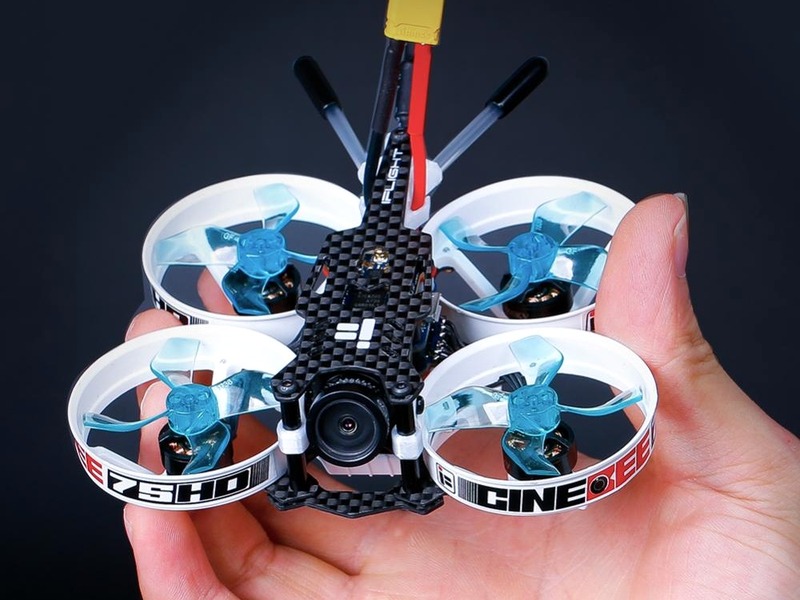When should I land my FPV drone?

It is important to always land your FPV drone safely and responsibly. There are a few key factors to consider when deciding when to land your FPV drone.
The first factor to consider is the current battery life of your FPV drone. Most FPV drones have a maximum flight time of around 20 minutes, so it is important to monitor your battery levels carefully to ensure that you don't run out mid-flight. Most FPV drones also have low battery warning features that will alert you when it is time to land. Generally it is recommended to land your drone when the battery is at around 25%.
The second factor to consider is the weather conditions. If the wind speeds are too high, this can make it extremely difficult to control your drone and could increase the chances of an accident. It is best to avoid flying in windy conditions, and opt instead to fly on days with lower wind speeds.
The third factor to consider is the area in which you are flying. Make sure to always fly in an open, unpopulated area away from people and buildings. This will reduce the chances of an accident drastically.
Finally, when it comes time to land your drone, it is important to practice safe and responsible flying practices. First and foremost, make sure to always fly with a spotter. This is someone who can watch the drone while you fly and can alert you in the event of any dangerous situations. Additionally, before landing, it is important to complete a full pre-flight check to ensure that all components are functioning properly.
Overall, when deciding when to land your FPV drone, it is important to always consider the battery life, current weather conditions, the area in which you are flying, and to practice safe flying practices. Doing these things will ensure that you land your drone safely and responsibly every time.

